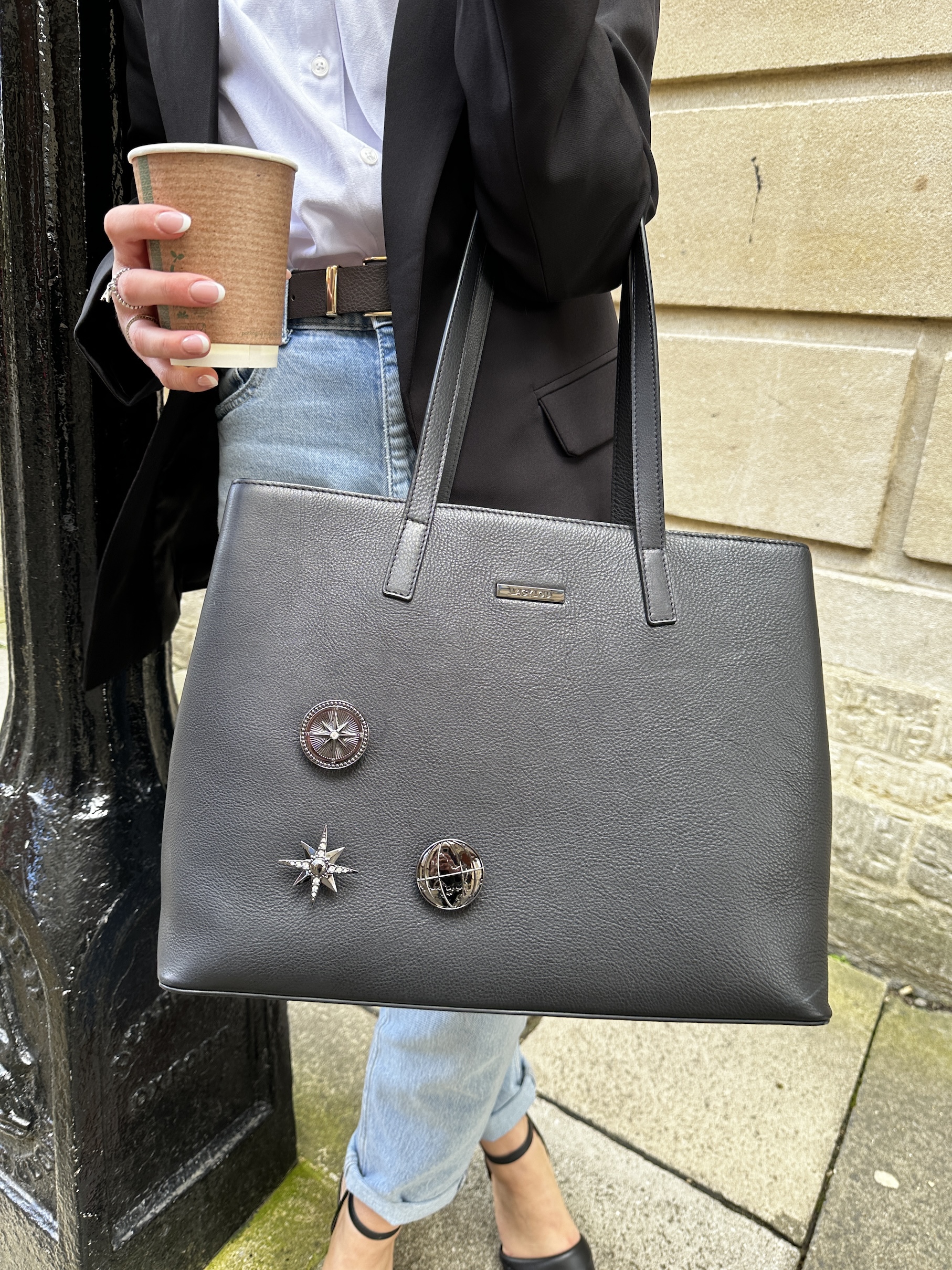Compliments, those seemingly simple expressions of praise or admiration, are more than just casual remarks we toss around. They hold a unique power to shape interactions, boost confidence, and even alter perceptions. But as straightforward as they might seem, there’s a surprising complexity to the art of both giving and receiving compliments.
This article dives into the nuances of compliments, exploring their psychological underpinnings, social implications, and the fine line between genuine praise and unintended offense.
The Psychology of Compliments
Why We Give Compliments
Compliments are a social currency, an exchange of goodwill that often serves purposes beyond mere flattery. They’re a way to connect, to show appreciation, and to reinforce behaviors we admire. In workplaces, they can motivate and boost morale; in personal relationships, they strengthen bonds.
But the act of complimenting is also influenced by cultural norms and personal comfort levels, making it a delicate dance of words and intentions.
The Impact of Receiving Compliments
On the flip side, receiving compliments can be a deeply affirming experience. They have the power to enhance self-esteem and encourage positive behavior. However, the impact of a compliment can vary greatly depending on the recipient’s self-perception, the sincerity of the praise, and even cultural background. In some cultures, a compliment is received with gratitude and pride, while in others, modesty might dictate a more subdued response.
The Art of Complimenting
Crafting Genuine Compliments
The art of complimenting lies in sincerity and relevance. A genuine compliment resonates because it comes from a place of honesty and observation. It’s about recognizing someone’s efforts or qualities and articulating that appreciation in a meaningful way. This requires a certain level of attention and thoughtfulness, making the compliment both personal and heartfelt.
Timing and Context Matter
Equally important is the context in which a compliment is given. Timing can be everything – a well-timed compliment can uplift someone’s day, while an ill-timed one can feel awkward or forced. The setting also plays a crucial role; a compliment that feels appropriate in a casual social setting might not translate well in a formal professional environment.
Navigating Awkwardness: Receiving Compliments Gracefully
The Challenge of Accepting Praise
For many, the act of receiving a compliment can be unexpectedly challenging. This difficulty often stems from a lack of self-esteem or the fear of appearing arrogant. Cultural factors can also influence how we receive compliments, with some cultures emphasizing humility and others celebrating self-assuredness.
Responding Positively
The key to gracefully accepting a compliment lies in a simple acknowledgment and expression of gratitude. A straightforward “Thank you” not only shows appreciation for the compliment but also acknowledges the effort of the person giving it. It’s about striking a balance between humility and confidence, allowing the positive message of the compliment to be fully received.

The Impact of Compliments in Various Settings
In the Workplace
In a professional setting, compliments can be a powerful tool. They can recognize achievements, encourage continued effort, and contribute to a positive work environment. When leaders and colleagues openly acknowledge each other’s strengths and contributions, it fosters a culture of appreciation and respect, boosting overall morale and productivity.
In Personal Relationships
In personal relationships, compliments are a way to show love, appreciation, and support. They reinforce positive qualities and actions, nurturing the bond between individuals. A heartfelt compliment can make a significant difference in someone’s day, affirming their worth and strengthening the emotional connection.
In Social Interactions
In social interactions, compliments can serve as icebreakers or as a means to establish rapport. They can make first impressions more positive and open the door to deeper conversations. However, the key is to ensure that compliments in these settings are genuine and appropriate, avoiding any potential for misunderstanding or discomfort.
The Dark Side of Compliments
Backhanded Compliments
Not all compliments are created equal. Backhanded compliments, those cleverly disguised insults, can be particularly harmful. They often leave the recipient feeling confused and belittled. Recognizing and avoiding these types of compliments is crucial, as they can damage relationships and undermine trust.
Insincere or Manipulative Praise
Compliments can also be used as a tool for manipulation or insincerity. When praise is used to curry favor or achieve a hidden agenda, it loses its genuine value. This form of complimenting can create an environment of skepticism and can be particularly damaging in settings like the workplace, where trust and authenticity are key.
Compliments in the Digital Age
Complimenting in the Era of Social Media
The advent of social media has transformed the way we give and receive compliments. Digital platforms have introduced new forms of praise, like likes, comments, and emojis. These quick and often public forms of appreciation can have a significant impact on one’s self-perception and social dynamics. However, they also raise questions about the depth and sincerity of digital compliments.
The Role of Digital Communication
Digital communication, while making it easier to send compliments, also strips away the nuances of face-to-face interactions. Tone, body language, and context can be lost, leading to misunderstandings. Navigating the subtleties of digital compliments requires a new level of digital literacy and empathy.
Compliments, those small yet significant tokens of appreciation and admiration, play a crucial role in our social interactions. They have the power to uplift, motivate, and strengthen bonds. However, as we’ve explored, the art of both giving and receiving compliments is nuanced, influenced by a myriad of factors including culture, context, and intention.
As we navigate our daily lives, both offline and online, understanding the complexities of compliments can help us use them more effectively and authentically, enhancing our connections with others.
















